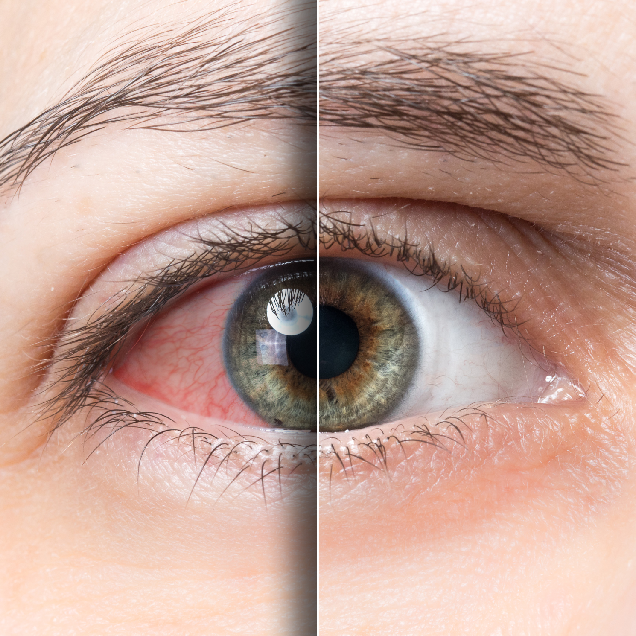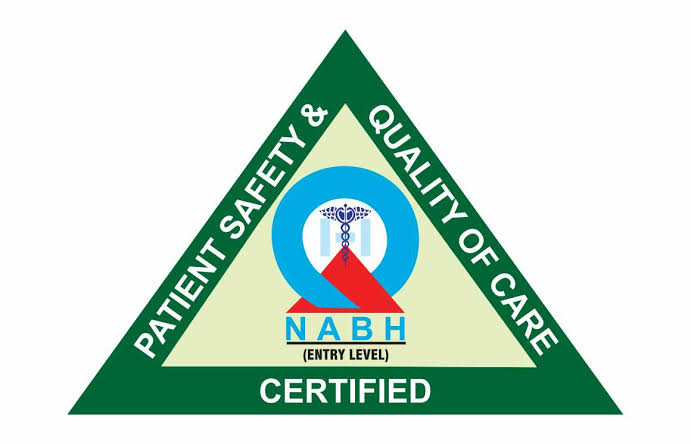Glaucoma

Glaucoma
Often referred to as the “silent thief of sight,” glaucoma is a group of eye conditions characterized by damage to the optic nerve, usually due to elevated intraocular pressure. Without early detection and treatment, glaucoma can progress silently, leading to irreversible vision loss. Our comprehensive glaucoma care includes precise diagnostic techniques, innovative treatments, and ongoing management to preserve your vision and quality of life.
Understanding the potential causes of glaucoma is essential in combating this sight-threatening condition:
- Elevated Intraocular Pressure: Elevated pressure within the eye can impair blood flow to the optic nerve, resulting in damage and vision loss.
- Genetics: A family history of glaucoma can significantly increase an individual’s risk of developing the condition.
- Age: Advancing age, particularly after 40, is associated with an increased risk of glaucoma.

Our commitment to detecting and managing glaucoma is fortified by cutting-edge technology, including the Topcon Non-Contact Tonometer. This device enables us to accurately measure intraocular pressure without the need for direct corneal contact, facilitating efficient screening and monitoring of patients at risk.
In addition to our advanced equipment, our hospital features modular operation theatres equipped with state-of-the-art surgical instruments and technology to ensure safe and precise eye surgeries. We also employ advanced monitoring and recording systems to monitor patients’ physiological parameters during procedures continuously, ensuring comprehensive care.
1. What is glaucoma?
Glaucoma is a group of eye conditions that damage the optic nerve, usually due to increased pressure within the eye. It is a leading cause of irreversible blindness worldwide.
2. Are there different types of glaucoma?
Yes, there are several types of glaucoma, including primary open-angle glaucoma (POAG), angle-closure glaucoma, normal-tension glaucoma, and secondary glaucoma caused by other eye conditions or medical conditions.
3. What are the symptoms of glaucoma?
In its early stages, glaucoma often has no noticeable symptoms. As the condition progresses, symptoms may include a gradual loss of peripheral vision, tunnel vision, halos around lights, and eventually, central vision loss.
4. How is glaucoma diagnosed?
Glaucoma is diagnosed through a comprehensive eye examination, including measurement of intraocular pressure, evaluation of the optic nerve, visual field testing, and examination of the angle structures in the eye.
5. Can glaucoma be cured?
While there is currently no cure for glaucoma, treatment aims to lower intraocular pressure and prevent further damage to the optic nerve. Early detection and lifelong management are essential for preserving vision.
6. What are the treatment options for glaucoma?
Treatment options may include eye drops, oral medications, laser therapy (such as selective laser trabeculoplasty or laser peripheral iridotomy), and surgical procedures (such as trabeculectomy or minimally invasive glaucoma surgery).
7. Who is at risk of developing glaucoma?
Risk factors for glaucoma include age, family history, high intraocular pressure, certain medical conditions (such as diabetes and hypertension), and prolonged use of corticosteroids.
8. How often should individuals with glaucoma undergo eye examinations?
Individuals with glaucoma should undergo regular eye examinations as recommended by their ophthalmologist. Typically, this involves visits every 3 to 6 months to monitor intraocular pressure, optic nerve changes, and visual field progression.

